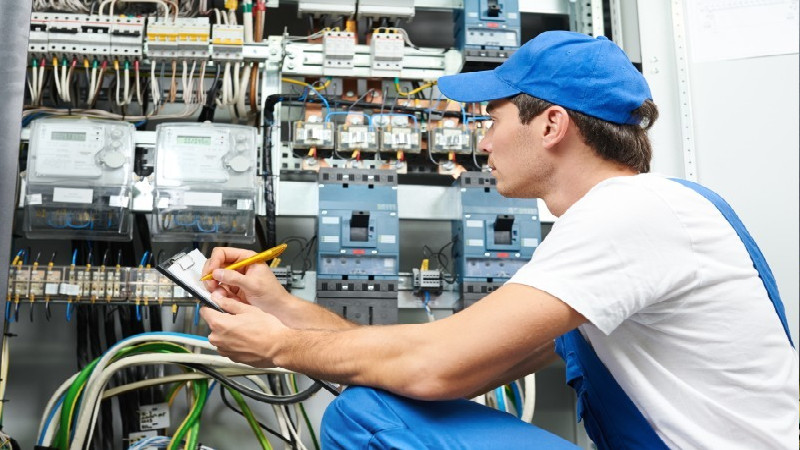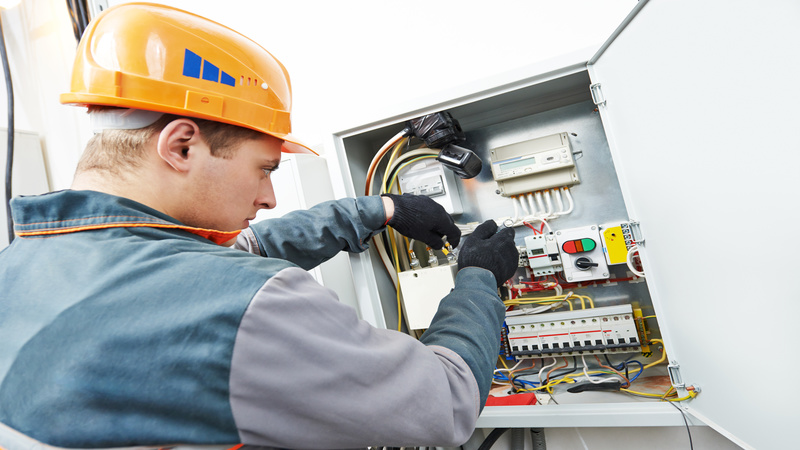If you’ve just purchased a used synthesizer, you probably can’t wait to get it plugged in and start making music. If your synth didn’t come with an AC adapter, it can be frustrating trying to find the right power supply. While many synths use internal power supplies, if you’re an Ebay shopper who just bought a Moog Rogue, you’ll be disappointed to learn that many vintage synths use external power supplies. Many companies choose to use AC adapters for their synths since they can avoid the hassle of having to designing their own custom power supplies. This can make for a huge headache when you find out that your used instrument didn’t come with the right power supplies.
If your synth didn’t come with the necessary power supplies, then you’ll have to start looking for the right adapter to get it working. The most important thing is to find the specifications for the AC adapter that you’ll need. While some synths, such as the Moog Rogue, have specific power supplies associated with them and readily available from many vintage synth repair companies, others, such as the Boss PC-2 Percussion Synthesizer, Access Virus, Alesis Micron, the Yamaha TG-33, and many more, require just a little more work to track down. To find the specifications for the synth’s power supplies, you can look at the socket on the synth where the AC adapter plugs in. If the writing is worn away, your best bet is to search online for a manual if you don’t have one already.
Manuals for most synths should be pretty easy to find online; if a quick Google search for the name of the synth doesn’t do it, resources such as Vintage Synth Explorer will probably have what you need. Assuming that you found the manual for the synth, it should be fairly easy to match up the specifications for the power supplies from the manual with the right AC adapter. There are five specifications associated with AC adapters: input voltage, output voltage, current, polarity, and physical size. As long as you buy power supplies intended for use in your country, the input voltage should be correct (about 120 for America, 100 for Japan, and 240 for Europe and many parts of Asia). Match the output voltage to the device, make sure the rated current is at least as high as the synth’s specifications require, and make sure to match the polarity and coaxial connector size to the synth. Once you’ve found the perfect power supplies for your synth, enjoy making music with it!
If you’re searching for power supplies, CyPower provides the most efficient way for engineers and buyers to locate and purchase the specific power supply you need. No other website provides quick, easy access to the search tools and data available to today’s top manufacturers of power supplies. Research, compare, and purchase on one website.



